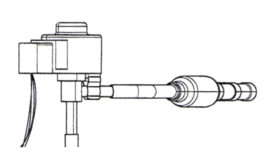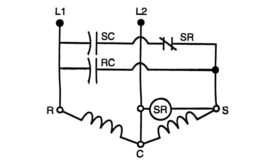Jim Johnson
Jim Johnson is the director of training for Technical Training Associates, a Tucson, Ariz.-based firm that provides HVACR technician training DVDs/videos, E-books, and workshops. For more information, call 520-625-6847 or visit www.techtrainassoc.com.
ARTICLES
The Service Ticket: Unit High-pressure Cut-out
Can you solve this service technician troubleshooting question?
Read More
Copyright ©2024. All Rights Reserved BNP Media.
Design, CMS, Hosting & Web Development :: ePublishing










